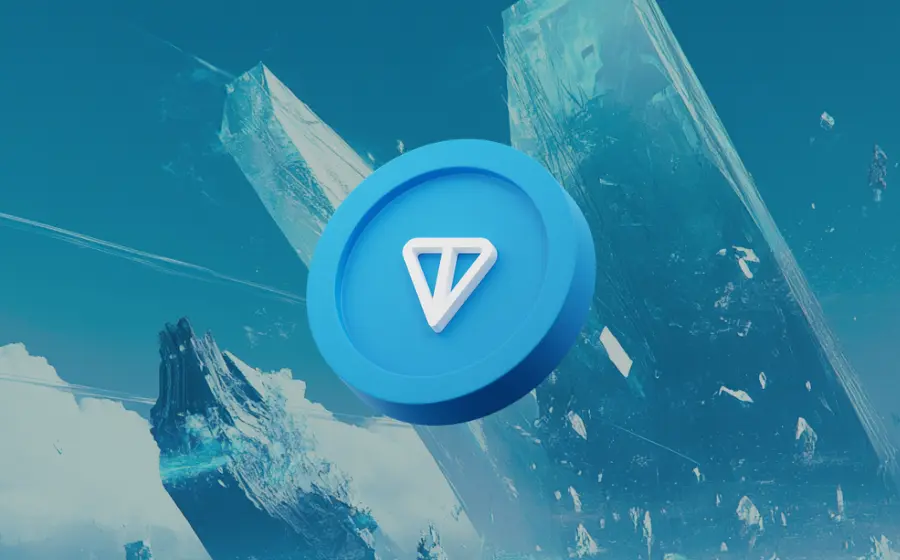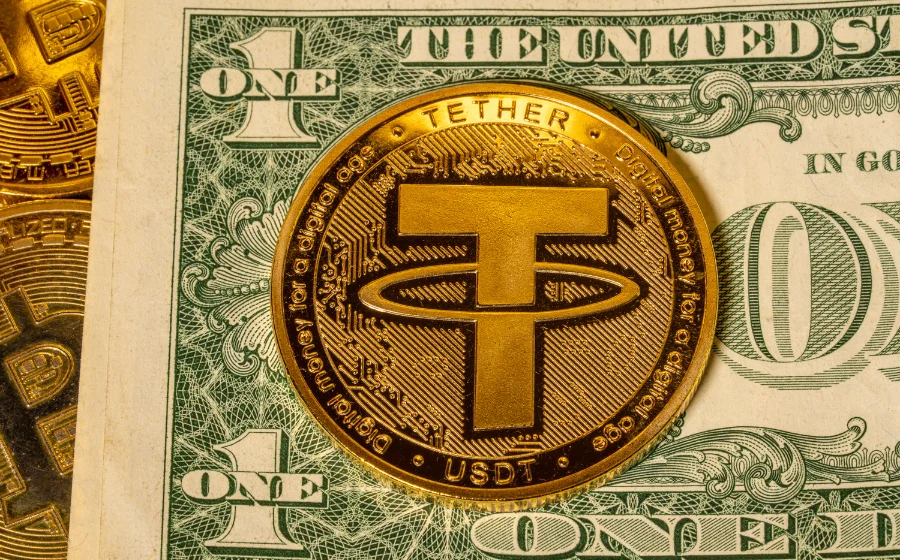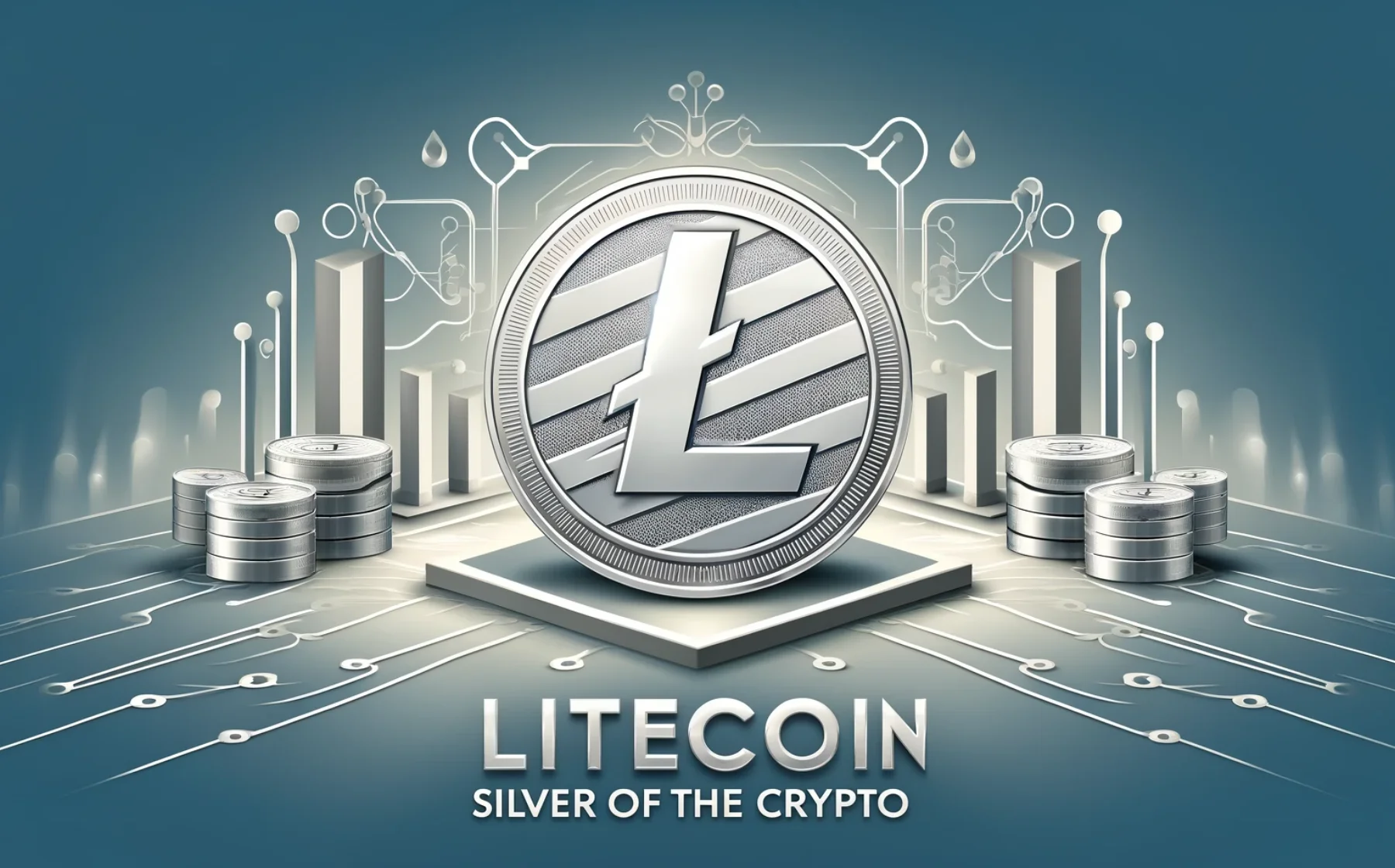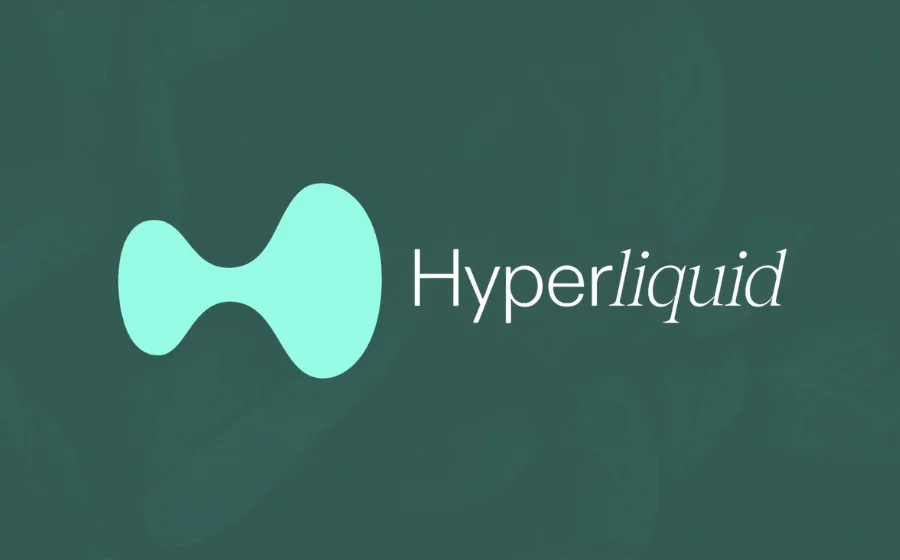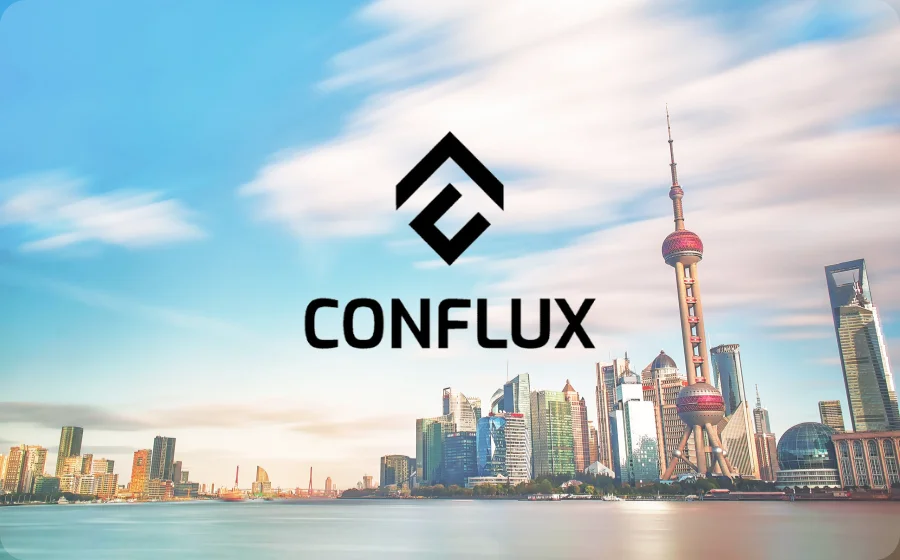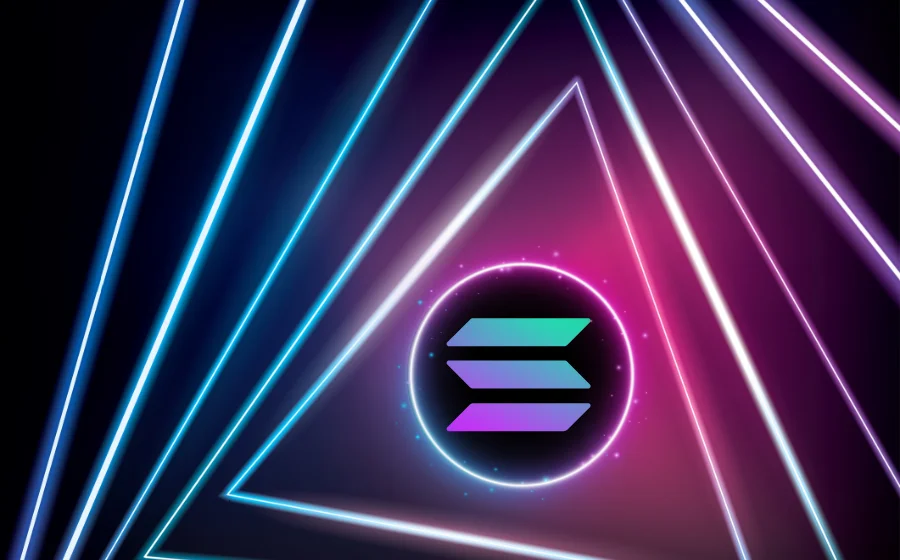
KEYTAKEAWAYS
- Solana offers a robust solution to Ethereum’s limitations, featuring high transaction speeds and lower fees, with innovative consensus mechanisms like PoH and DPoS.
- Despite its advantages, Solana faces challenges such as supply uncertainty and network instability, which have affected investor confidence.
- Solana’s performance and ongoing developments suggest strong future potential, attracting significant attention from investors looking for high-speed and cost-effective blockchain solutions.

CONTENT
Learn Solana’s features, advantages, and potential as a next-generation blockchain that outperforms competitors with high transaction speeds and low fees.
WHAT IS SOLANA ?
Solana (SOL) launched in March 2020, Solana has become a popular digital asset, ranking fifth in total market capitalization. It is a cryptocurrency enhanced from Ethereum (ETH), leading users to call it the new “Ethereum killer.”
Ethereum, despite its status as the main blockchain platform second only to Bitcoin, suffers from significant issues like network congestion, high fees, and slow transaction speeds due to its widespread use. As more users adopt Ethereum, these problems degrade the user experience. Although Ethereum is transitioning to the more advanced ETH 2.0, the development has been slow, prompting many Ethereum users to seek alternatives.
Solana was created to address these pain points of network congestion, high fees, and slow transaction speeds that plague Ethereum.
A major reason for Solana’s rapid rise is its achievement of what’s known as the blockchain trilemma: security, decentralization, and efficiency. Solana outperforms other smart contract blockchains, including Ethereum, in terms of transaction capacity per second, average transaction fees, and latency. It also maintains a degree of decentralization in its number of validators.
>>> Learm more : What is Ethereum ?
ANALYSIS OF SOLANA’S ADVANTAGES AND FEATURES
1. Decentralization
It’s well known that traditional PoW (Proof of Work) cryptocurrencies like Bitcoin and Ethereum (which has transitioned to PoS) have a large number of supporters, with over fifty thousand nodes worldwide safeguarding their security. This consensus mechanism is the most decentralized to date, offering high security but at the cost of low transaction speed.
BNB(BSC) Chain, which uses the PoS (Proof of Stake) consensus mechanism, has only 41 nodes. Although it is much faster than Ethereum in terms of transaction speed, its excessive centralization and security issues have been widely criticized.
Solana, on the other hand, is based on PoS with a DPoS (Delegated Proof of Stake) layer. As illustrated below, Solana currently has nearly 2,000 nodes worldwide. Although it does not reach the decentralization levels of Bitcoin or Ethereum, it significantly surpasses other public chains that use PoS.
2. Delegated Proof of Stake (DPoS)
DPoS, a derivative of the PoS mechanism, incorporates delegation (“D”). Like PoS, DPoS also involves staking tokens to qualify for transaction verification. However, in PoS, the more tokens you stake, the higher your chances of verifying and recording transactions. In DPoS, your performance and stability increase your chances.
The concept of DPoS can be likened to an election. The SOL tokens staked by users act as votes to elect validators (Witnesses) responsible for verifying and recording blocks, with elected representatives (Delegates) overseeing the stability and performance of the Solana chain.
Only a limited number of validators (super nodes) can be elected, and if a validator performs poorly, voters can remove them in favor of a better-performing validator to maintain Solana’s efficiency.
Thus, the DPoS mechanism, which strengthens by removing the weak, typically offers faster and more efficient transaction speeds than PoS.
Why would SOL token stakers vote? It’s quite simple and akin to elections: they vote for validators whose policies (benefits) appeal most to them.
3. Proof of History (PoH)
Before discussing the Proof of History mechanism, it’s essential to understand the traditional blockchain process, such as the PoW mechanism.
PoW: Nodes receive transaction data -> Package and send to other nodes -> Other nodes start verification -> Once verified, the transaction is deemed valid.
This process is one of the reasons Bitcoin’s transaction speeds are still quite slow despite its high security, which is core to Bitcoin’s value. However, this makes it unsuitable as a mainstream payment method. Now, what is PoH?
PoH creates what’s known as a “historical transaction record.” Each node has its own time stamp, and when a transaction occurs, the sequence is recorded first, then other nodes update the transaction record.
Transactions can be approved without waiting for all nodes to verify, saving both resources and time. This allows Solana to achieve high transaction speeds, though it slightly reduces security and decentralization.
These consensus mechanisms, while seemingly ideal, also have their drawbacks. For more on this, one can directly jump to the last section to check the current challenges and potential of Solana.
4. High Transmission Efficiency
As a third-generation blockchain, Solana stands out for its performance among many Ethereum competitors. By combining different consensus algorithms, Solana can reduce the confirmation time needed for transactions.
It can handle up to 65,000 transactions per second (TPS), which is over four thousand times more than Ethereum, making it one of the fastest blockchains in the crypto world.
Moreover, with an average transaction fee of just $0.0015, Solana showcases significant advantages in terms of high performance and low cost, thus attracting substantial interest from cryptocurrency investors.
SOLANA’S RISKS AND CONCERNS
Despite its high efficiency and low cost, Solana faces several challenges that concern investors:
- Uncertainty of SOL Supply
In November 2021, it was revealed that Solana had misrepresented its SOL circulating supply. Initially, the team reported 8.2 million SOL in circulation, but later it was discovered that an additional 13 million SOL were stored in a hidden wallet. Anatoly Yakovenko, Solana’s founder, clarified that these extra coins were allocated to market makers to boost market liquidity. However, this lack of transparency, combined with fears that the Solana Foundation might oversupply SOL, has led to diminishing investor confidence.
- Solana Network Instability
A significant issue with Solana is the instability of its network. In early 2022, a technical glitch caused the blockchain to shut down for 48 hours, disrupting transactions for many DeFi users and causing financial losses. This incident has further weakened trust in Solana’s reliability as a blockchain platform.
FUTURE PRICE AND POTENTIAL OF SOLANA
As Solana continues to advance, its ability to overcome challenges and capitalize on market trends highlights its potential as a formidable contender in the cryptocurrency space.
Seasoned investor Raoul Pal has indicated that Solana (SOL) is poised to continue rising after Ethereum, and although it may not replicate Ethereum’s feats, it could at least soar twentyfold.
The Solana blockchain is an extremely efficient public chain, capable of handling up to 60,000 transactions per second, which is over 4,000 times that of Ethereum, and it also has very low average transaction fees (about $0.0015). Therefore, many investors are very optimistic about the potential of the Solana chain.
If you want to know if Solana’s price will rise in the future, you should consider the following points.
- Listing on major exchanges
- Progress of the project
- Merger with SushiSwap
- The potential to surpass Ethereum
FAQS
- What is Solana ?
Solana is a high-performance blockchain known for its fast transaction speeds and low fees, supporting decentralized apps, DeFi, and NFTs with its innovative Proof of History consensus.
- What are Solana features ?
1.Decentralization
2.Delegated Proof of Stake (DPoS)
3.Proof of History (PoH)
4.High Transmission Efficiency
- Where can I buy Solana (SOL) ?
You can purchase Solana (SOL) on various cryptocurrency exchanges. Binance, a large and relatively secure exchange, offers trading services for SOL.
▶ Buy Crypto at Bitget
ꚰ CoinRank x Bitget – Sign up & Trade to get $20!

